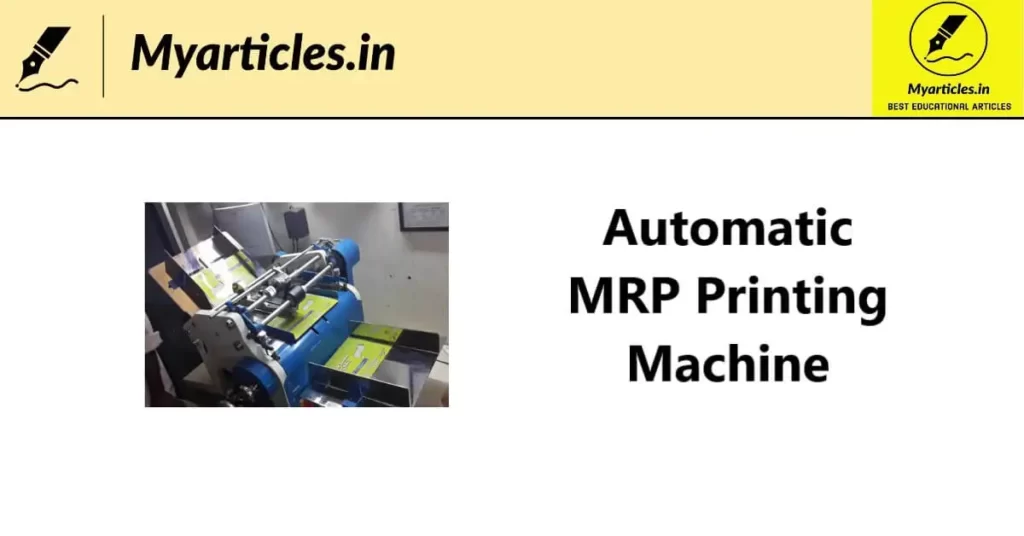MRP Printing Machine
MRP stands for Material Requirements Planning. It is a manufacturing management system used to plan production and inventory levels based on demand for materials and finished products. Automatic MRP Printing Machine are used to generate and print reports or documents related to MRP. These reports might include lists of materials needed for production, production schedules, and inventory levels.
An automatic MRP printing machine is a type of printer that is specifically designed for use in manufacturing environments. These printers are typically designed to be fast, reliable, and able to handle large volumes of printing. They may be equipped with features such as automatic paper loading and cutting, and may be able to print on a wide range of media, including labels, envelopes, and cardstock.
Automatic MRP printing machine may be used to print reports, labels, and other documents related to Material Requirements Planning (MRP), as well as other types of documents needed in a manufacturing setting.
Types of MRP printing machines
There are several types of MRP printing machines that are used in manufacturing environments. Some of the most common types include:
| Thermal transfer printers: | These use heat to transfer ink from a ribbon onto a label or other media. They are often used to print barcodes and other identifying marks on products or packaging. |
| Inkjet printers: | These use a high-pressure jet of ink to print images or text on a variety of media. They are known for their high print quality and are often used for printing labels, packaging, and other marketing materials. |
| Laser printers: | These use a laser beam to create an image on a drum, which is then transferred onto paper or other media. They are known for their speed and high print quality, and are often used for printing large volumes of documents. |
| Dot matrix printers: | These use a matrix of tiny pins to print characters and images onto paper or other media. They are known for their durability and are often used in industrial environments where they may be subjected to rough treatment. |
MRP Printing Machine price
The price of an Automatic MRP Printing Machine will depend on a number of factors, including the type of printer, its features and capabilities, and the brand and model. In general, you can expect to pay more for a printer with a higher print speed, better print quality, and more advanced features. Laser printers are generally more expensive than inkjet printers, and industrial-grade printers are typically more expensive than those designed for office use.
To give you a general idea of the price range for MRP printing machines, here are some examples of what you might expect to pay:
- A basic inkjet printer suitable for printing MRP reports and other documents in a small manufacturing setting might cost around $100-$200.
- A mid-range laser printer with automatic duplexing, networking capabilities, and the ability to handle a variety of media types could cost $300-$700.
- An industrial-grade thermal transfer printer designed for high-volume printing in a manufacturing environment could cost $1,000 or more.
Keep in mind that these are just rough estimates, and the actual price of an Automatic MRP Printing Machine will depend on the specific model and features you are considering. It’s a good idea to shop around and compare prices from different suppliers to find the best deal.
MRP Printing laser machine
An MRP printing laser machine is a type of printer that uses a laser beam to create an image on a drum, which is then transferred onto paper or other media. Laser printers are known for their speed and high print quality, and are often used for printing large volumes of documents.
They are commonly used in office environments, but can also be used in manufacturing settings for printing MRP reports and other documents. Some features that may be found on an MRP printing laser machine include automatic duplexing (double-sided printing), networking capabilities, and the ability to handle a wide range of media types and sizes.

